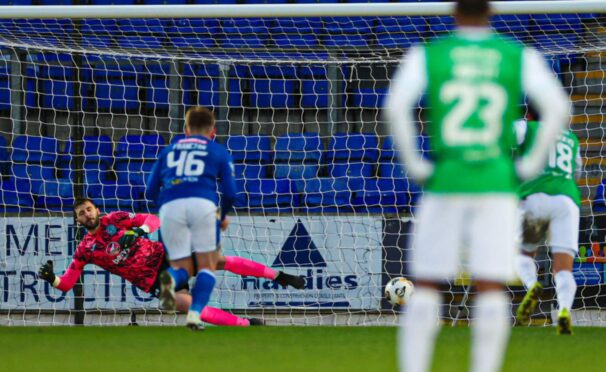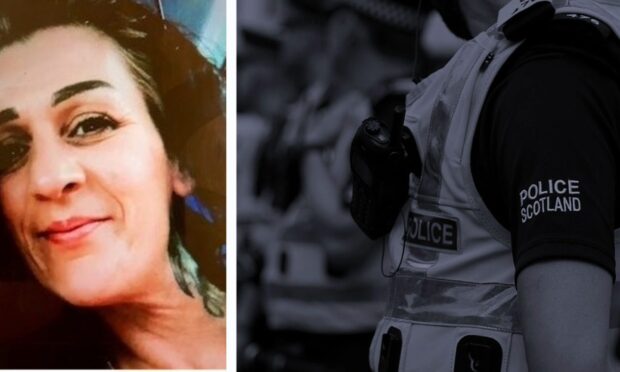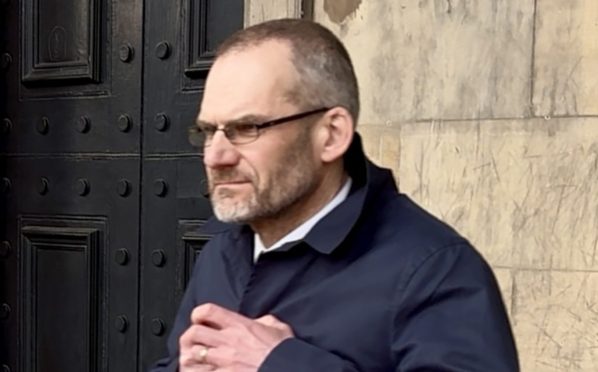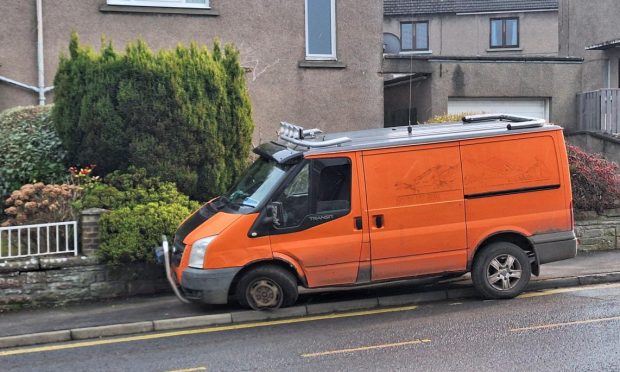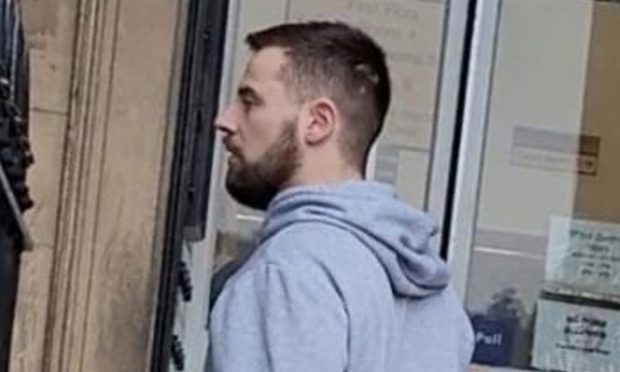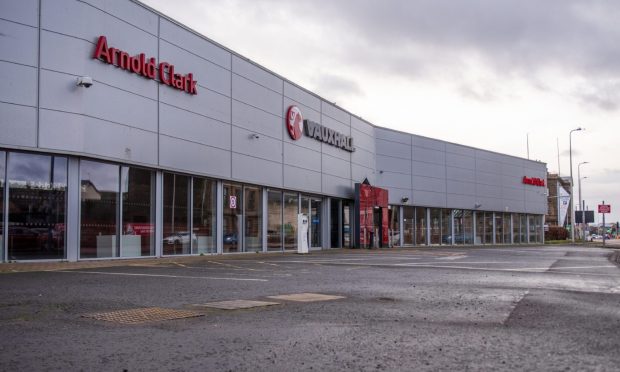Scotland has made the biggest progress in personal insolvency levels in the UK, with 15 of the 20 most improved areas north of the Border.
Overall, personal insolvencies fell by 13% across the UK between the first quarters of 2015 and 2016.
Perth had the fourth best improvement with a fall from eight to three – a reduction of 62.5%.
Glenrothes was given sixth place on eight to three (62.5%).
Dundee was ninth on seven to three (57%), and Dunfermline was 20th on eight to five (37.5%).
Kilmarnock saw the biggest drop in insolvency rates in the last year, falling from seven to two.
The figures from information services company Experian are for the insolvency rate per 10,000 households.
New laws that came into force in Scotland in April are likely to have driven the improvement.
They see people in financial difficulty being directed to debt advisors and provided with a broader range of options to get back on track, meaning less people have to rely on insolvency as the only solution.
Economic improvements and Scotland’s Debt Arrangement Scheme, which freezes interest and charges on debts, are likely to also have contributed to the improvement.
Across the UK, people renting long-term in social housing showed the biggest improvement, with a 17% drop in people in this group becoming insolvent compared to the same time last year.
Families with children living in low-cost homes experienced the next biggest improvement, with personal insolvencies dropping by 10%.
Jonathan Westley of Experian said: “It’s encouraging to see the impact of the recent changes in Scotland, and that social housing renters and families on tight budgets are leading the way in falling insolvency rates across the UK.
“Despite the many positive signs, there are still pockets of the country which are feeling the strain and the need for responsible lending is greatest.
“It’s vital that providers have a full picture of their customers’ specific needs, characteristics, and financial situation.”


